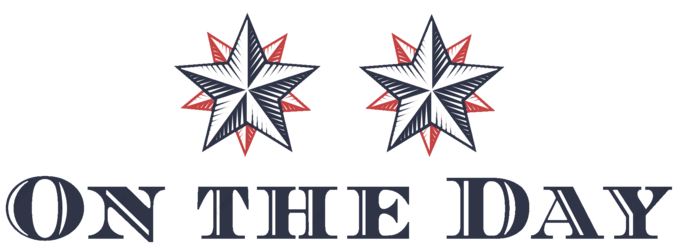There are several factors that you should consider when buying equine insurance. First, you should know how much the policy costs and which type of policy to choose. You can also determine what kind of coverage you’ll need based on the circumstances that you’re facing. Listed below are some crucial aspects to consider. If you have no experience with horse insurance, read on! You can learn more about the basics of horse insurance in this article!
Cost of equine insurance
What is the cost of equine insurance? Depending on the coverage limit, the cost of equine insurance can range from $150 to $250 a year. Some companies charge a flat rate for major medical and surgical coverage, while others charge by the horse’s insured value. Some companies do not offer coverage above the insured value, while others have deductibles as low as $50. There are various coverage levels, and many horse owners choose the lowest-cost option.
A horse owner should know that the cost of equine insurance can be prohibitive. It’s not uncommon for horses to spend $100 to $300 on hay each month. Horses also need to be kept healthy, which can lead to an increase in costs. Dietary supplements can add another $25 to $50 a month to the cost. Insurance companies also offer a variety of policies for equine owners, making it possible to find one that suits their needs.
Types of equine insurance
There are several types of equine insurance, each with a different purpose. Medical insurance is similar to human health insurance in covering veterinarian bills. However, it usually excludes dental procedures, elective surgery, and congenital defects. Other differences among the different types of equine insurance include exclusions for the horse’s age and pre-existing medical conditions. In addition, some policies cover veterinary travel expenses but do not cover elective surgery.
Liability insurance protects the owner of a horse against any liabilities that may arise due to a liability accident. The policy may follow the animal wherever it goes or be specific to where it is kept. Liability insurance for horse clubs may also cover multiple horses owned by others. Liability insurance is an excellent idea if you operate a riding club or a nonprofit organization. It also helps cover expenses associated with a horse’s death.
Cost of loss of use policy
A loss of use policy pays out if your horse cannot participate in covered activities. Such a claim usually involves months of treatment and rehabilitation. Your vet can determine if the injury or illness has permanently affected the horse’s ability to compete or participate in an insured activity. This type of claim usually involves discussions between your vet and the insurer. Both parties must agree that the horse will never be able to participate in the activity.
There are many different types of insurance policies. The most expensive option is the “full loss of use” policy. This policy covers all types of disabilities incurred by a horse, including ground-related injuries and diseases. This type of insurance does not cover pre-existing conditions. Because it pays out the full value of a horse in case of a loss of use, premiums can be high. To lower the cost of this coverage, choose a lower percentage.
Cost of specified peril policy
Equine specified perils insurance is a great way to ensure the financial security of your horse. It covers your horse against specific perils, such as fire, theft, and natural disasters. A $10,000 policy can provide financial support for the care of two horses. But if something catastrophic happens, your insurance may be too late. Fortunately, Equine Specified Perils Insurance can pay out in cases where the cost of saving your horse proves too expensive.
You can choose to insure your horse for the cost you paid for it or a lesser amount. For example, if your horse dies unexpectedly, the insured value is adjusted to reflect its value based on its record of earnings, breeding income, and training expenses. The insured value is then paid to you. You should always check the exclusions of your policy as well. For example, a policy may not cover intentional abuse.
Cost of mortality policy
When purchasing horse insurance, you should consider the cost of a mortality policy. This type of insurance covers the costs of replacing your horse in case of death due to an accident, flood, or fire. Some policies even cover the cost of a dead animal if a standard medical policy does not cover a problem. If your horse dies unexpectedly, you can use this type of coverage to pay for veterinary bills, such as blood transfusions and amputation.
The cost of a mortality policy is essential because it covers the cost of the humane destruction of a horse. This type of policy usually covers the entire United States and Canada. Mortality policies also specify a valuation for the horse, which can range anywhere from its purchase price to its performance level and conformation. The purchase price of the animal usually determines the horse’s value but may also include other factors, such as prize winnings or performance level. In some cases, human error is considered an exclusion.

